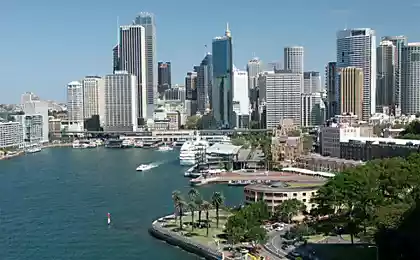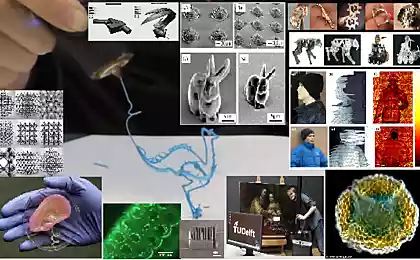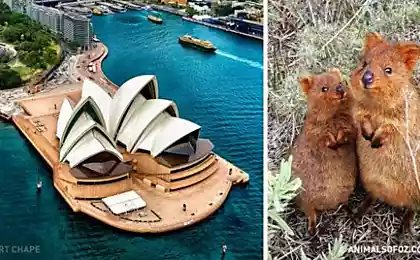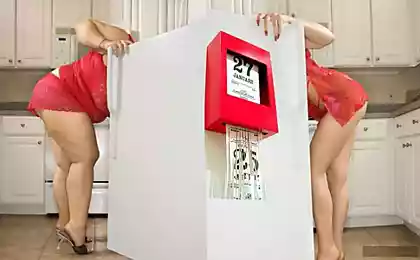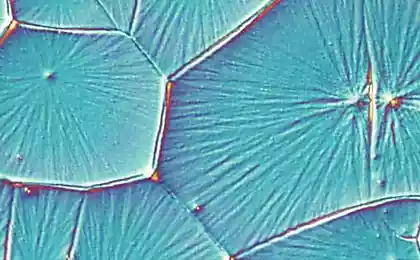683
In Australia, scientists have published the world's largest solar cells
Scientists from the Victorian consortium for organic solar cells (VICOSC) said that they print organic photovoltaic cells the size of which is close to the standard A3 sheet.
They claim it's the biggest solar cells to date. The consortium was formed by the Australian State Association of scientific and applied research (CSIRO), the University of Melbourne, Monash University and industrial companies.
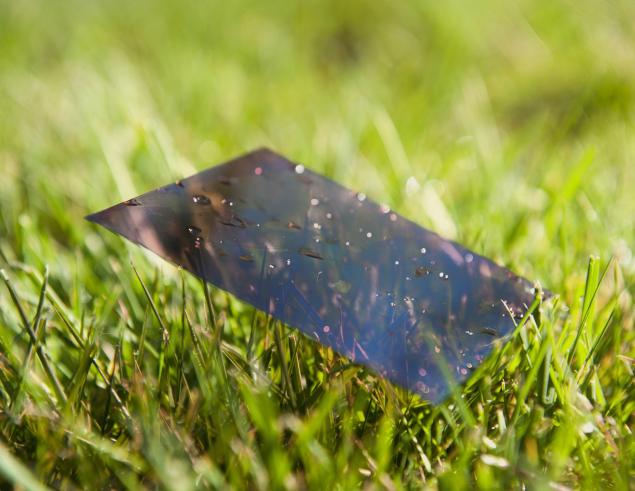
As reported by Dr Scott Watkins from CSIRO, printing of solar cells huge size opens a wide range of possibilities for use in various fields, ranging from street lights and advertising signs and ending with tablets and other portable devices.
In order to print a solar cell with a width of nearly 30 cm, the researchers built a special printer that cost them $ 200,000 US. The main advantage of the new approach to creating solar panels is the possibility of using existing printing technology, making it available for rapid deployment without the need to connect new equipment.
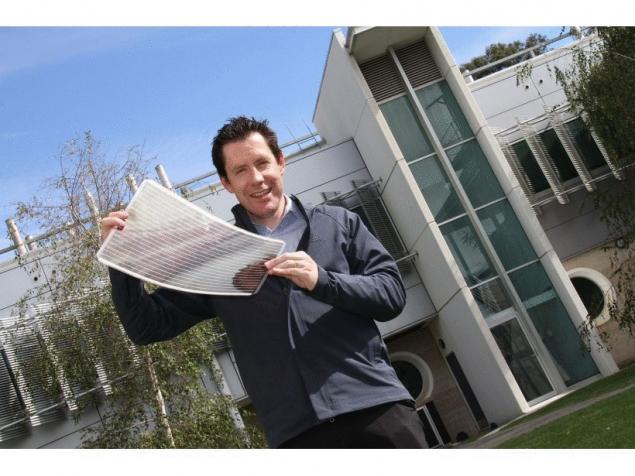
For the manufacture of solar cells, the researchers used semiconducting ink and sheets of thin flexible plastic. The printer can print at a speed of ten meters per minute – this means that he can "give" the leaves with a ready-made photovoltaic coating every two seconds.
Source: /users/413
They claim it's the biggest solar cells to date. The consortium was formed by the Australian State Association of scientific and applied research (CSIRO), the University of Melbourne, Monash University and industrial companies.

As reported by Dr Scott Watkins from CSIRO, printing of solar cells huge size opens a wide range of possibilities for use in various fields, ranging from street lights and advertising signs and ending with tablets and other portable devices.
In order to print a solar cell with a width of nearly 30 cm, the researchers built a special printer that cost them $ 200,000 US. The main advantage of the new approach to creating solar panels is the possibility of using existing printing technology, making it available for rapid deployment without the need to connect new equipment.

For the manufacture of solar cells, the researchers used semiconducting ink and sheets of thin flexible plastic. The printer can print at a speed of ten meters per minute – this means that he can "give" the leaves with a ready-made photovoltaic coating every two seconds.
Source: /users/413
